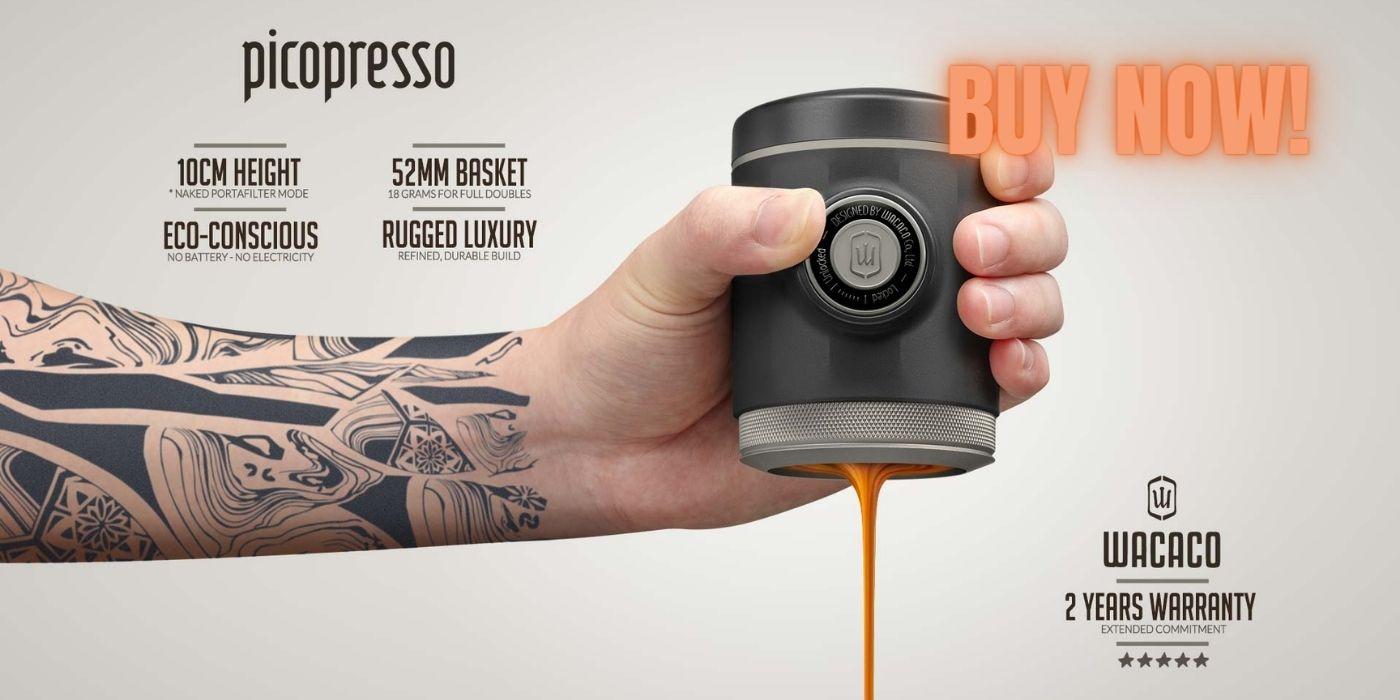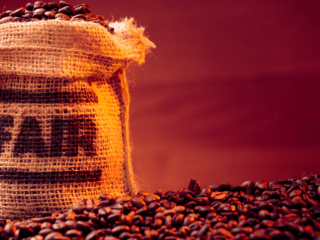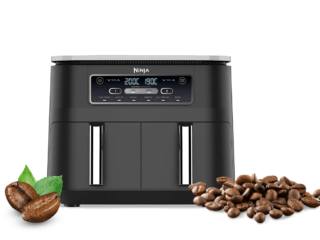The Most Sustainable Way to Make Coffee?
There are many ways that you can reduce your carbon footprint and make your cup of coffee more sustainable but what is the most sustainable way to make coffee?
Coffee Sustainability
Let’s start with the things you may have consciously done to become more sustainable. Perhaps you’ve invested in a reusable coffee cup to replace your consumption of cardboard coffee cups. Maybe you’ve started buying Fairtrade beans or grounds or you’ve replaced your dairy milk with a vegan alternative. There are lots of things we can do to make our choices more sustainable. But take it back a step and consider how you brew your coffee and the most eco-friendly way to prepare it.
Most Sustainable Coffee Brewing Method
From coffee pods and filters to expensive bean to cup machines, it turns out that the most sustainable way to make your coffee is using a French press. The French press, also known as a cafetière, requires no filters, no electricity, no fancy pods. You just boil the kettle and pour the water on the grounds, leave a few minutes, plunge and pour. There are no filters – instead there is a reusable mesh which gets cleaned each time you use it. There is virtually no waste – just the leftover coffee grounds which get completed or recycled.
All you need is a bag of grounds and the device itself. Then you either boil the kettle which uses far less electricity than a coffee machine or heating a pot on the stove! You can even use the left over coffee grounds for anything from compost and plant food to a pet flea repellent treatment.
Another great benefit of using a French press is that you can take it with you. You may have more than one. A larger one that you keep at home and a smaller one that you can travel with. You can even get one that doubles up as a cup.
A good coffee press will last you years and is the most popular choice with zero wasters. A stainless steel one is a popular choice and a hard wearing option.
When your French press does each the end of its life, you can donate it or use it for plants. A glass one makes a great terrarium.
An Inexpensive Choice
What we also love about the French Press is the price! We paid around £20 for ours which has lasted 3 years so far and only replaced the mesh once. You can get a decent one for around that price point.
Grinding Methods
Is grinding your own by hand more energy efficient than buying ready ground coffee? It’s hard to say but you know exactly how much energy you have used if you have manually ground the beans. You don’t know the carbon footprint of a bag of grounds.
In Summary
We aren’t saying that if you buy a French Press, you will suddenly become a planet saver however, it is the little things that add up to the big things. There are so many things that need to be considered:
- Growing the coffee beans
- Harvesting and processing the beans
- Milling and sorting green coffee
- Packaging the green beans for export
- Transportation from farm to port
- Freight of the beans
- Road transport from port to warehouse to roastery
- Roasting, grinding and packaging
- Packaging of roasted coffee in bags and cartons
- Distribution to customers and retailers
- Brewing the coffee
- Waste management of bags, boxes etc.
There are steps you can take at each stage of the process. Choose to buy from a fair trade supplier that has projects that focus on giving back to the community and reforestation. Buy a lighter roast that hasn’t been through so much processing. Examine the packaging and the recyclable properties etc.
The little things all add up and if everyone does the same, we can all work a little bit harder to make sure our favourite drink isn’t harming the planet.





